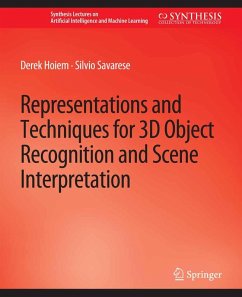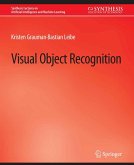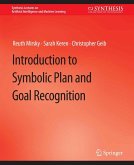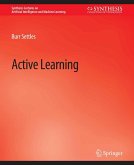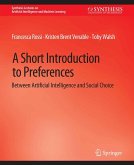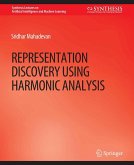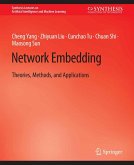One of the grand challenges of artificial intelligence is to enable computers to interpret 3D scenes and objects from imagery. This book organizes and introduces major concepts in 3D scene and object representation and inference from still images, with a focus on recent efforts to fuse models of geometry and perspective with statistical machine learning. The book is organized into three sections: (1) Interpretation of Physical Space; (2) Recognition of 3D Objects; and (3) Integrated 3D Scene Interpretation. The first discusses representations of spatial layout and techniques to interpret physical scenes from images. The second section introduces representations for 3D object categories that account for the intrinsically 3D nature of objects and provide robustness to change in viewpoints. The third section discusses strategies to unite inference of scene geometry and object pose and identity into a coherent scene interpretation. Each section broadly surveys important ideas from cognitive science and artificial intelligence research, organizes and discusses key concepts and techniques from recent work in computer vision, and describes a few sample approaches in detail. Newcomers to computer vision will benefit from introductions to basic concepts, such as single-view geometry and image classification, while experts and novices alike may find inspiration from the book's organization and discussion of the most recent ideas in 3D scene understanding and 3D object recognition. Specific topics include: mathematics of perspective geometry; visual elements of the physical scene, structural 3D scene representations; techniques and features for image and region categorization; historical perspective, computational models, and datasets and machine learning techniques for 3D object recognition; inferences of geometrical attributes of objects, such as size and pose; and probabilistic and feature-passing approaches for contextual reasoning about 3D objects and scenes. Table of Contents: Background on 3D Scene Models / Single-view Geometry / Modeling the Physical Scene / Categorizing Images and Regions / Examples of 3D Scene Interpretation / Background on 3D Recognition / Modeling 3D Objects / Recognizing and Understanding 3D Objects / Examples of 2D 1/2 Layout Models / Reasoning about Objects and Scenes / Cascades of Classifiers / Conclusion and Future Directions
Dieser Download kann aus rechtlichen Gründen nur mit Rechnungsadresse in A, B, BG, CY, CZ, D, DK, EW, E, FIN, F, GR, HR, H, IRL, I, LT, L, LR, M, NL, PL, P, R, S, SLO, SK ausgeliefert werden.

